Hi everyone! Hope you are staying warm after some wild winter weather this week. Did you
have fun participating in the Great Backyard Bird Count? I sure did and today I’m going to share
my experience as a citizen scientist counting birds in this incredible world-wide collaborative
project.
Teamwork is key to the Great Backyard Bird Count’s success, and to any important science
initiatives that work to help us understand the living environment. People are everywhere and
so are birds! By sharing a glimpse into our backyards with others who share our appreciation
for birds, we do a great service to conservation efforts globally. Birds are always on the move,
as we have learned over the past weeks, whether they take part in a great migration, or make a short trip south, birds live in a world unrestricted by the same kinds of geographic borders that we do. Certainly a flock of Canada Geese aren’t required to show their passport as they visit their southern neighbours! They use their inherited and instinctual knowledge to map their habitable environments and meet their needs season by season. I think that is so fascinating! And it makes our efforts to understand their movements a great way to connect us to our fellow humans. I felt a sense of pride in submitting my results, and joy when I saw how many people took part alongside me. Science is so cool! No matter your age, ability, or experience, you have important knowledge to share with the world because no one knows your backyard quite like you do.

This year we experienced a big snowfall during the count. I found this super fun as I love to trek
through the snow and visit my favourite spots. We know that our backyards extend beyond our
fences at home and into the places we love to frequent so I chose a special spot to count from. I counted birds from my favourite bench, right next to my favourite nest, on my favourite local trail. I brought along my bird journal, binoculars, and of course my camera! Because of the
snow I observed that my favourite little nest had a snowy hat which was just so cute. Sitting
peacefully for fifteen minutes reminded me how good it feels to spend time in quiet
observation. Oftentimes I experience the trails as I am walking or hiking, but sometimes I forget to be quiet and still.
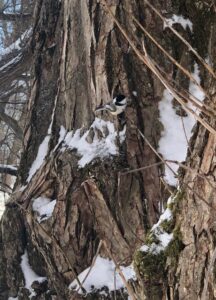
During the fifteen minutes I saw: 9 Canada Geese, 1 Downy Woodpecker,
14 Black-Capped Chickadees, 2 White-Breasted Nuthatches, and 1 Northern Cardinal (Female).
It was so easy to input this data onto the eBird app, and I loved watching the map on their
website light up with others’ data too!
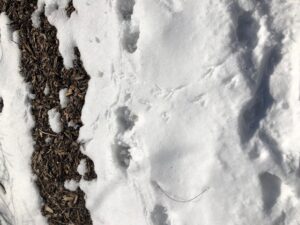
After my count, I decided to warm up with a quick walk. A fresh snowfall is the perfect
opportunity to develop my tracking skills. Tracking skills are kind of similar to reading skills, but
instead of reading words on pages, we can read the movements of birds and animals. This can
be done without a snowfall, but for beginners I highly recommend you try it! Look at the paths
and prints around you. What can you notice? Did a deer make a path through the trees? Can
you see any interesting imprints or footprints? What size are they? How many different ones
are there? Can you guess what species made the print?

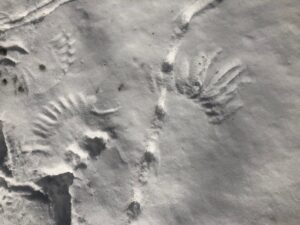
I saw some fascinating prints in the snow. It looked like a group of birds had made a bunch of
snow angels. With careful observation I saw that the prints were made from the wings of crows
in the snow. Crows are ground foragers, and when they come across an especially good meal
many more crows come to join them. These “crow angels” in the snow told a whole story of
their shared meal together, and even though there was no sign of the food source, I could
determine that it must have been delicious and nourishing on a cold winter’s day.
Meanwhile, back at my house, the late winter season brings a huge flock of crows who roost
together in my neighbour’s tree. Sometimes the crows number in the hundreds on a given
night. I enjoy hearing them rustle their feathers and caw to one another. Sometimes they are
startled and all lift together in flight. It is an amazing sight to see the crow-filled tree morph
into a massive flock in the sky. This communal roosting is common winter behaviour for crows
and I look forward to seeing them each year as winter enters its final weeks.
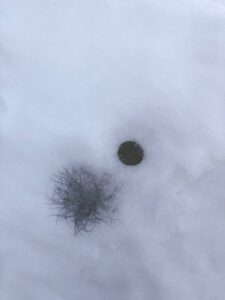
I was especiallylucky this year to find a downy crow feather on the snowbank. The down feathers are what
keep crows warm and insulated all winter. I was surprised at how big it was! Don’t worry the
crow who shed the downy feather is still nice and warm as it has many more under its outer
contour feathers.
That’s all for this week! I hope you enjoyed hearing about my bird count and special crow track
sighting. I would love to hear from you about your count numbers or any cool tracks you’ve
been seeing! Until next time, happy birding!
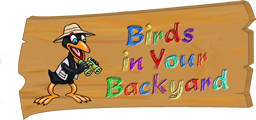
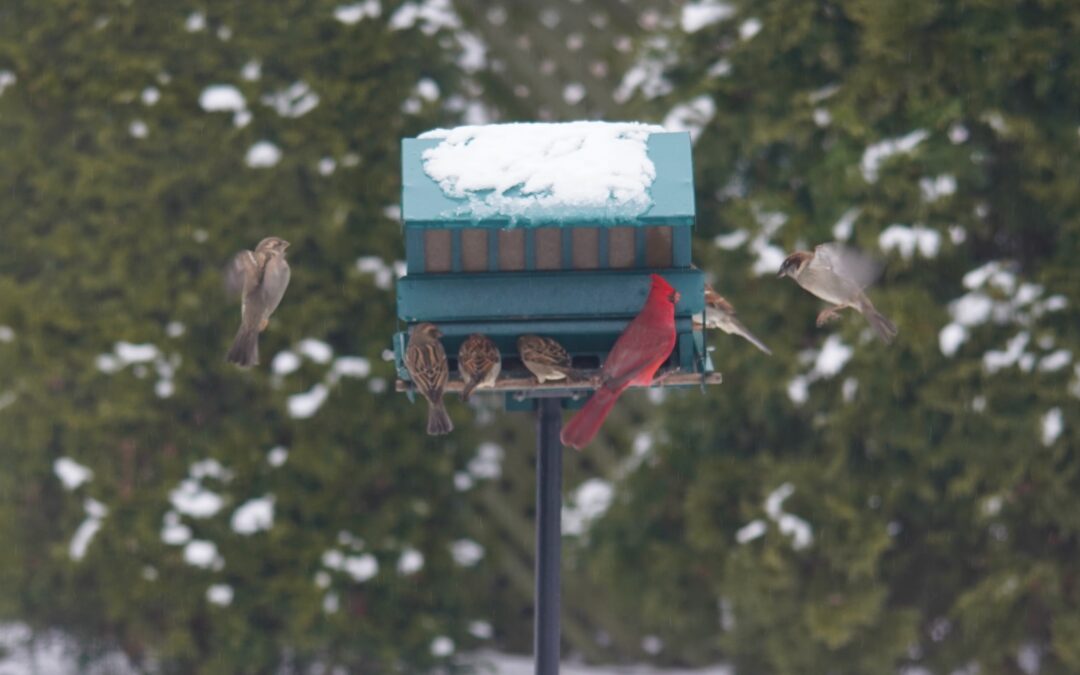
Recent Comments